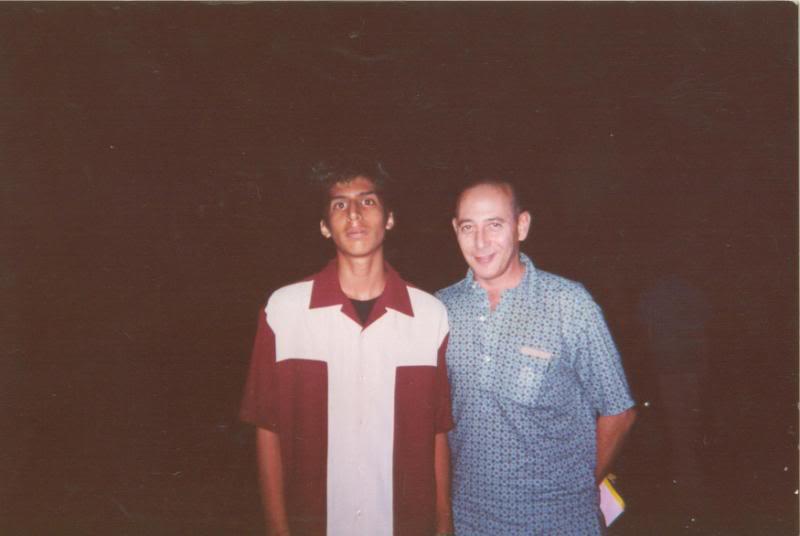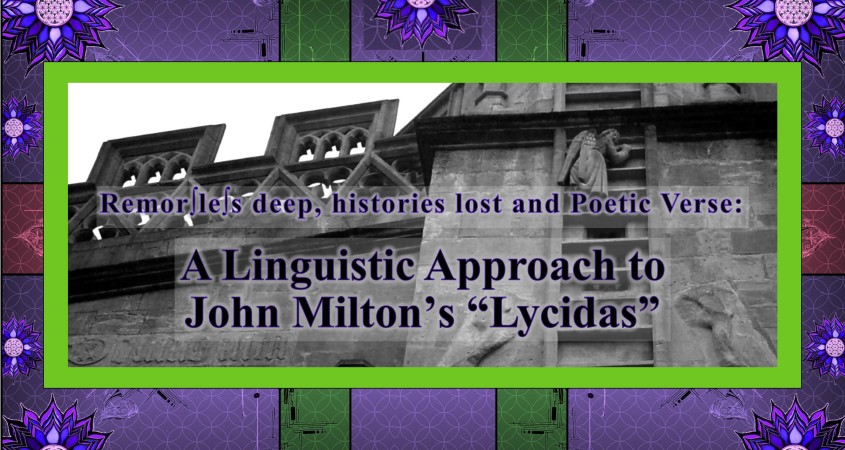It is with a heavy heart that I share news regarding the death of Paul “Pee Wee Herman” Reubens. More than a grey suited, bow tie wearing, quick witted, comedian, he was in many respects a theatrical genius. From the television screen to the silver screen, Paul’s humor and joy invited us to laugh with him–Amilyn (from Buffy the Vampire Slayer), likely holds the record for the world’s longest vampire death and is perhaps one of my favorite of his onscreen appearances.
The last time I saw Paul in person was back in 2010 when he brought The Pee-wee Herman Show to Los Angeles. Seeing the production live on stage was like discovering that somehow a fragment of glistening Saturday-Morning-Wonder had been lodged between the sofa cushions and was still hermetically sealed. The sense of wonder, the air absurdity, and of course the cathartic joy of screaming really loud when someone mentioned the day’s secret word brought back memories of those fun fill Saturday mornings, the difference was that there no longer a television screen filtering the insta-joy cultivated by his show and performance.
In Reubens’ death, we mourn the loss of a comedic genius, but also chalk another tally to the roster of people that have succumbed to the devastating effects of cancer. In a farewell message he posted to Instagram he wrote:
“Please accept my apology for not going public with what I’ve been facing the last six years. I have always felt a huge amount of love and respect from my Friends, fans and supporters. I have loved you all so much and enjoyed making art for you”
– Paul Reubens
As I think about the art that Paul created, I reflect on my history as an Artist. Among the many lessons I have learned along the way, his were both spectacular and yet very tangible–integrating live action, claymation, puppetry and a dandy DYI punk rock ethos. The same year that Blow was released and Paul played queerly eccentric Derek Foreal–which had journalists asking “Where’s Pee Wee?”–I had the sheer joy of co-creating with Paul. The opportunity came to me–with many humble thanks to Dr. Kevin Kane–while I was fledgling clown and although the comedic skits I drafted were ultimately axed, my writing skills had been whetted and an understanding of the theatrical production process had been expanded exponentially.

In remembering Paul we shine a light upon a legacy of art that intersects with many lives on and off screen. From Tommy Chong and Cheech Marin to David Letterman and Laurence Fishburne the extent of his reach spans decades. For a fledgling clown from Virgil Village–East Hollywood to some–the experience of seeing Paul, not just as Pee Wee, Amilyn, Lock, Spleen, the Penguin’s father, or one of the many other roles he had taken on, but as thespian, a writer, and dare I say an artistic comedic mentor was truly a honor and a privilege.
As we begin to say our fond adieus, I imagine that if Conky 2000 had one more secret word left in him, just one more secret word of the day for each of us to scream along to, that word would be “GENIUS.”
Rest peacefully Paul.
Paul “Pee Wee Herman” Reubens
August 27, 1952 – July 30, 2023

More by Michael Ray
★ Santa Monica Mirror ★ Westside L.A. Today ★ Brentwood News ★
★ Century City Westwood News ★ Bonoboville ★


















